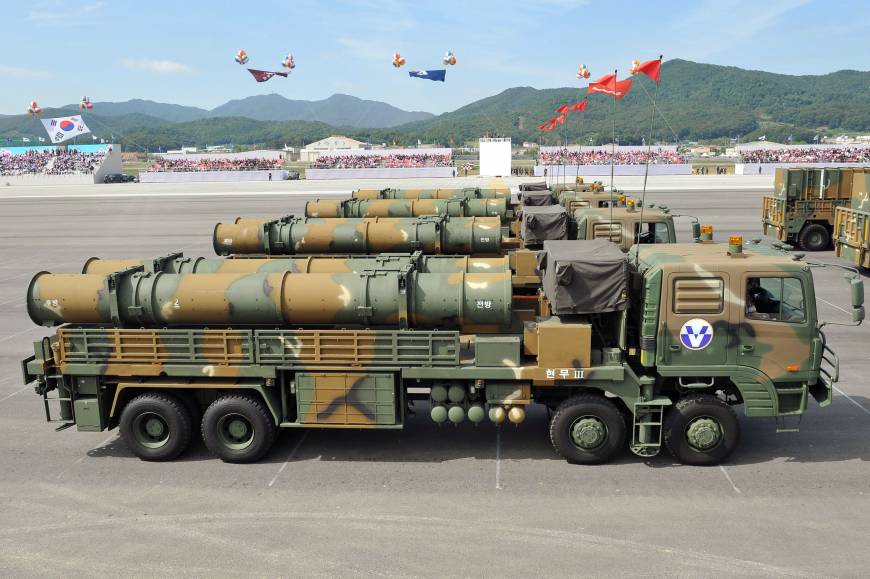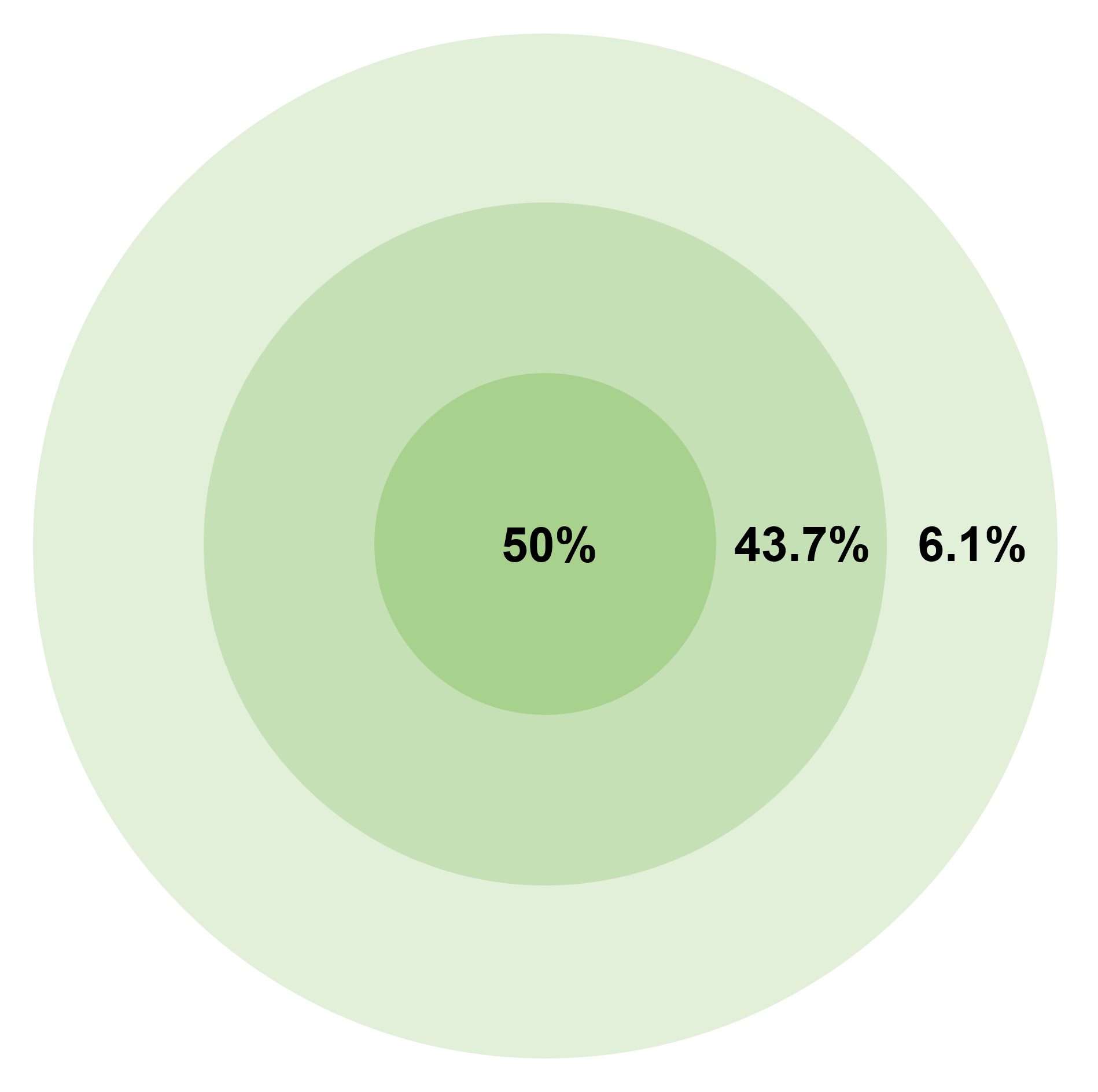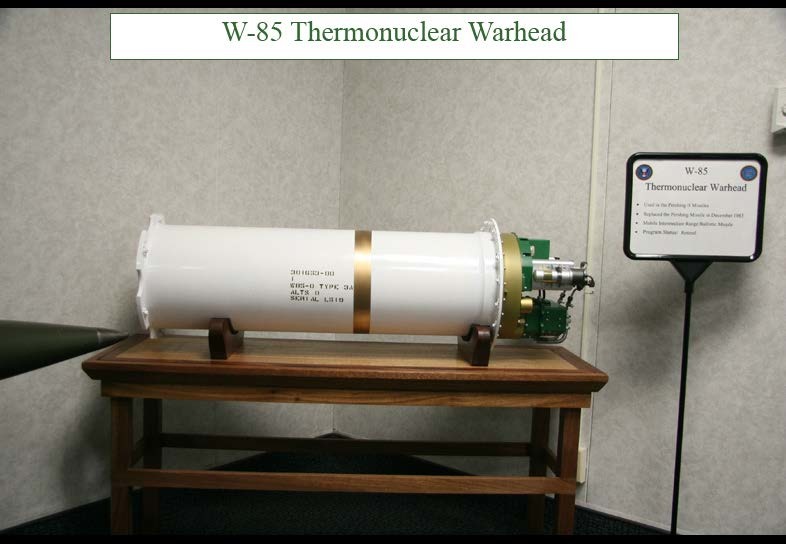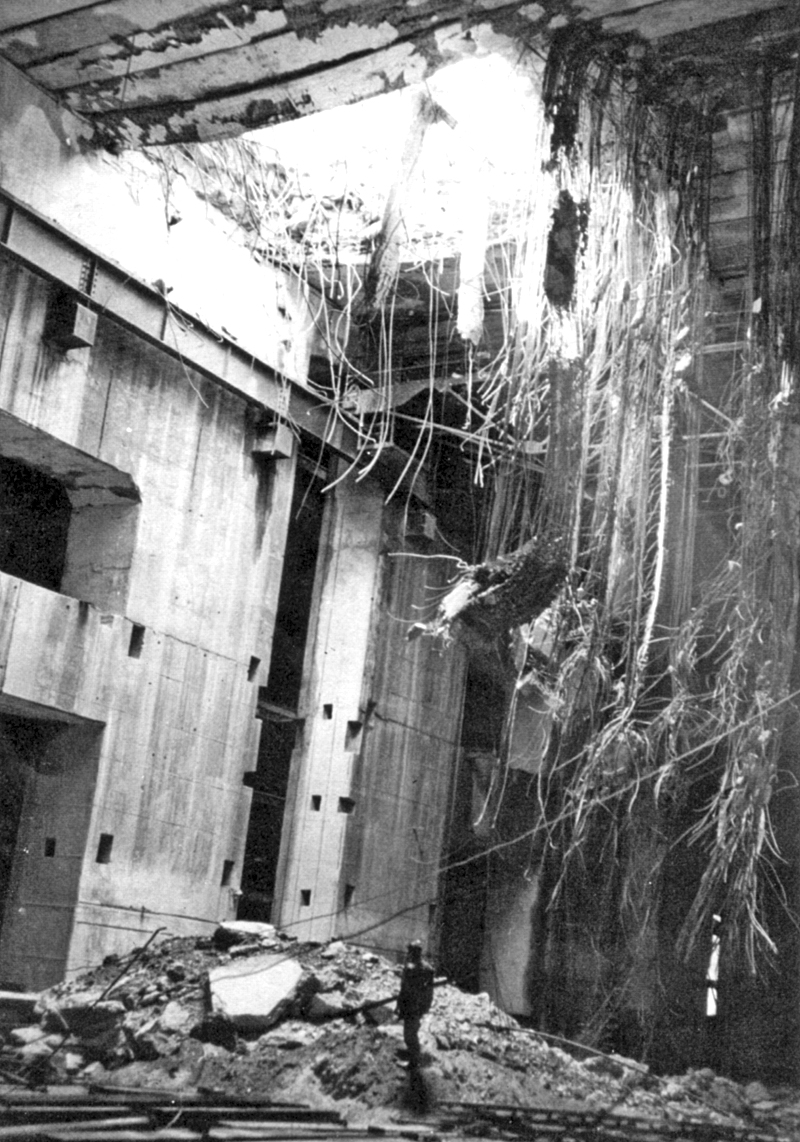|
Hyunmoo
Hyunmoo (Korean: 현무; Hanja: 玄武; literally " Black Tortoise" of Asian mythology, which stands for "Guardian of the Northern Sky") is a series of strategic missiles developed by South Korea. The Hyunmoo includes the only ballistic missile reverse engineered by South Korea that was actually deployed. This missile improved the first stage propelling device that was a problem in the previous Baekgom missile. The first test-launch of the Hyunmoo was successful in 1982; the domestic political situation of South Korea delayed the second test-launch until September 1985. The flight test was conducted by the Defense Systems Test Center (DSTC). Hyunmoo-1 Hyunmoo-1 is the first domestically-produced ballistic missile used by the South Korean Army. It was developed by the South Korean national Agency for Defense Development, and is based on the American 1960s Nike Hercules missile system; the US designates it as the Nike Hercules Korea (NHK-1). In 1986, South Korea succeeded in t ... [...More Info...] [...Related Items...] OR: [Wikipedia] [Google] [Baidu] |
Ballistic Missile
A ballistic missile is a type of missile that uses projectile motion to deliver warheads on a target. These weapons are guided only during relatively brief periods—most of the flight is unpowered. Short-range ballistic missiles stay within the Earth's atmosphere, while intercontinental ballistic missiles (ICBMs) are launched on a sub-orbital flight. These weapons are in a distinct category from cruise missiles, which are aerodynamically guided in powered flight. Unlike cruise missiles, which are restricted to the atmosphere, it is advantageous for ballistic missiles to avoid the denser parts of the atmosphere and they may travel above the atmosphere into outer space. History The earliest form of ballistic missile dates from the 13th century with its use derived from the history of rockets. In the 14th century, the Ming Chinese navy used an early form of a ballistic missile weapon called the Huolongchushui in naval battles against enemy ships.Needham, Volume 5, Part ... [...More Info...] [...Related Items...] OR: [Wikipedia] [Google] [Baidu] |
KM1500
KM1500 is a family of heavy off-road capable 8x8 military transport vehicles manufactured by Kia Motors for the South Korean Armed Forces. Versions of this vehicle carry KM-SAM The KM-SAM ( ko, 천궁 "Cheongung", Hanja: 天弓) which is also known as the Cheolmae-2 is a South Korean medium range surface-to-air missile (SAM) system that was developed by the Agency for Defense Development (ADD) with technical support fro ... and Hyunmoo-3 missiles. The M1502 tank transporter can carry the K1 88-Tank. The vehicle weighs 32 t and is 11 m long, 3 m wide and 3.6 m high. It is designed to withstand harsh environmental conditions such as exposure to electromagnetic waves and cryogenic or hot conditions. It has a 60% slope / 20% transverse slip capability and is capable of crossing a river with a depth of 76 cm. An 8X8 front wheel drive, 16 stage AMT, full air braking device and ABS are installed. The vehicle is powered by a modified Powertech commercial diesel engine with a rating ... [...More Info...] [...Related Items...] OR: [Wikipedia] [Google] [Baidu] |
Maneuverable Reentry Vehicle
The maneuverable reentry vehicle (abbreviated MARV or MaRV) is a type of warhead for ballistic missiles that is capable of maneuvring and changing its trajectory. MaRV can be capable of autonomously tracking ground targets to make sure the missile does not miss the target, because of the frequent trajectory shifts. This often requires some terminal active homing guidance (like Pershing II active radar homing). Advanced Maneuverable Reentry Vehicle The Advanced Maneuverable Reentry Vehicle (AMaRV) was a prototype MARV built by McDonnell Douglas. Four AMaRVs were made and represented a significant leap in reentry vehicle sophistication. Three of the AMaRVs were launched by Minuteman-1 ICBMs on 20 December 1979, 8 October 1980 and 4 October 1981. AMaRV had an entry mass of approximately 470 kg, a nose radius of 2.34 cm, a forward frustum half-angle of 10.4°, an inter-frustum radius of 14.6 cm, aft frustum half angle of 6°, and an axial length of 2.079 meters. ... [...More Info...] [...Related Items...] OR: [Wikipedia] [Google] [Baidu] |
Surface-to-surface Missile
A surface-to-surface missile (SSM) or ground-to-ground missile (GGM) is a missile designed to be launched from the ground or the sea and strike targets on land or at sea. They may be fired from hand-held or vehicle mounted devices, from fixed installations, or from a ship. They are often powered by a rocket engine or sometimes fired by an explosive charge, since the launching platform is typically stationary or moving slowly. They usually have fins and/or wings for lift and stability, although hyper-velocity or short-ranged missiles may use body lift or fly a ballistic trajectory. The V-1 flying bomb was the first operational surface-to-surface missile. Contemporary surface-to-surface missiles are usually guided. An unguided surface-to-surface missile is usually referred to as a rocket (for example, an RPG-7 or M72 LAW is an anti-tank rocket whereas a BGM-71 TOW or AT-2 Swatter is an anti-tank guided missile). Examples of surface-to-surface missile include the MGM-140 ATA ... [...More Info...] [...Related Items...] OR: [Wikipedia] [Google] [Baidu] |
Agency For Defense Development
The Agency for Defense Development (ADD) is the South Korean national agency for research and development in defense technology, funded by the Defense Acquisition Program Administration (DAPA). It was established in August 1970 under the banner of the self-reliable defense. Its purpose is contributing to enforcing the national defence, to improving the national R&D capacity, and to fostering the domestic defense industry. ADD focuses on core weapons systems and core technology development, and studies major weapons platforms in high-risk and non-economical fields, unmanned and advanced, and new weapon systems for the future. ADD is responsible for first South Korean ballistic missile Nike Hercules Korea-1 aka White/Polar Bear, developed in the 1970s with its first successful test in 1978. ADD is the operator of South Korea's first dedicated military satellite, ANASIS-II, launched on 20 July 2020 by a Falcon 9 rocket. Organization Audit department * Director * Defense i ... [...More Info...] [...Related Items...] OR: [Wikipedia] [Google] [Baidu] |
Iskander Missile
The 9K720 Iskander (russian: «Искандер»; NATO reporting name SS-26 Stone) is a mobile short-range ballistic missile system produced and deployed by the Russian military. The missile systems () are to replace the obsolete OTR-21 ''Tochka'' systems, still in use by the Russian armed forces, by 2020.Минобороны пообещало полностью оснастить ракетные войска «Искандерами» . RBC, 18 November 2016. The Iskander has several different conventional warheads, including a cluster munitions warhead, a fuel–air explosive enhanced-bl ... [...More Info...] [...Related Items...] OR: [Wikipedia] [Google] [Baidu] |
Circular Error Probable
In the military science of ballistics, circular error probable (CEP) (also circular error probability or circle of equal probability) is a measure of a weapon system's precision. It is defined as the radius of a circle, centered on the mean, whose perimeter is expected to include the landing points of 50% of the rounds; said otherwise, it is the median error radius. That is, if a given munitions design has a CEP of 100 m, when 100 munitions are targeted at the same point, 50 will fall within a circle with a radius of 100 m around their average impact point. (The distance between the target point and the average impact point is referred to as bias.) There are associated concepts, such as the DRMS (distance root mean square), which is the square root of the average squared distance error, and R95, which is the radius of the circle where 95% of the values would fall in. The concept of CEP also plays a role when measuring the accuracy of a position obtained by a navig ... [...More Info...] [...Related Items...] OR: [Wikipedia] [Google] [Baidu] |
Pershing II
The Pershing II Weapon System was a solid-fueled two-stage medium-range ballistic missile designed and built by Martin Marietta to replace the Pershing 1a Field Artillery Missile System as the United States Army's primary nuclear-capable theater-level weapon. The U.S. Army replaced the Pershing 1a with the Pershing II Weapon System in 1983, while the German Air Force retained Pershing 1a until all Pershings were eliminated in 1991. The U.S. Army Missile Command (MICOM) managed the development and improvements, while the Field Artillery Branch deployed the systems and developed tactical doctrine. Development Development began in 1973 for an updated Pershing. The Pershing 1a had a 400 kt warhead, which was greatly over-powered for the Quick Reaction Alert (QRA) tactical role the weapon system filled. Reducing warhead yield, however, required a significant increase in accuracy to match Pershing 1a's ability to kill hard targets like command bunkers. The contract went to Marti ... [...More Info...] [...Related Items...] OR: [Wikipedia] [Google] [Baidu] |
Bunker Buster
A bunker buster is a type of munition that is designed to penetrate hardened targets or targets buried deep underground, such as military bunkers. Armor piercing shells Germany Röchling shells were bunker-busting artillery shells, developed by the German engineer August Cönders, based on the theory of increasing sectional density to improve penetration. They were tested in 1942 and 1943 against the Belgian Fort d'Aubin-Neufchâteau. Aircraft delivered bombs World War II Germany In World War II the Luftwaffe developed a series of unguided rocket-propelled armor-piercing bombs for use against shipping and fortifications. United Kingdom In World War II, the British designer Barnes Wallis, already famous for inventing the bouncing bomb, designed two bombs that would become the conceptual predecessors of modern bunker busters: the five tonne Tallboy and the ten tonne Grand Slam. These were "Earthquake" bombs—a concept he had first proposed in 1939. The designs were ... [...More Info...] [...Related Items...] OR: [Wikipedia] [Google] [Baidu] |
Republic Of Korea Armed Forces
The Republic of Korea Armed Forces (), also known as the ROK Armed Forces, are the armed forces of South Korea. The ROK Armed Forces is one of the largest and most powerful standing armed forces in the world with a reported personnel strength of 3,305,000 in 2020 (555,000 active and 2,750,000 reserve). As a result of its size and equipment, it is ranked the 6th most powerful military on the planet by the Global Firepower Index as of 2022. The Republic of Korea Armed Forces traces its root back to the establishment of the Korean Republic in 1919 wherein its armed wing was called the Korean Liberation Army and it conducted warfare against the Japanese occupation by conducting large-scale offensives, assassinations, bombings, sabotage, and search and rescue missions. Formally founded in 1948, following the establishment of the Republic of Korea’s government after the liberation of Korea in 1945. South Korea's military forces are responsible for maintaining the sovereignty and ter ... [...More Info...] [...Related Items...] OR: [Wikipedia] [Google] [Baidu] |
Scud
A Scud missile is one of a series of tactical ballistic missiles developed by the Soviet Union during the Cold War. It was exported widely to both Second and Third World countries. The term comes from the NATO reporting name attached to the missile by Western intelligence agencies. The Russian names for the missile are the R-11 (the first version), and the R-17 (later R-300) Elbrus (later developments). The name Scud has been widely used to refer to these missiles and the wide variety of derivative variants developed in other countries based on the Soviet design. Scud missiles have been used in combat since the 1970s, mostly in wars in the Middle East. They became familiar to the Western public during the 1991 Persian Gulf War, when Iraq fired dozens at Israel and Saudi Arabia. In Russian service it is being replaced by the 9K720 Iskander. Development The first use of the term ''Scud'' was in the NATO name SS-1b Scud-A, applied to the R-11 Zemlya ballistic missile. The earlier ... [...More Info...] [...Related Items...] OR: [Wikipedia] [Google] [Baidu] |






_1.jpg)
